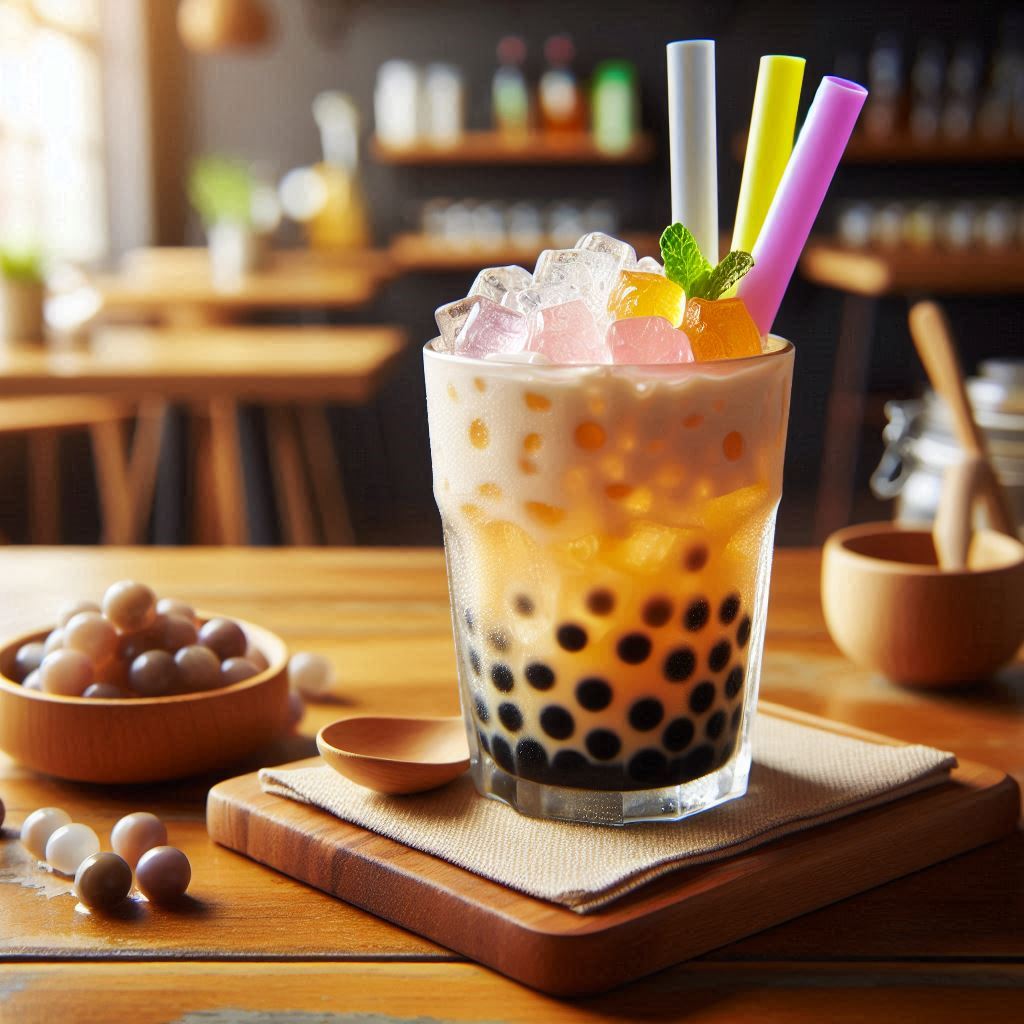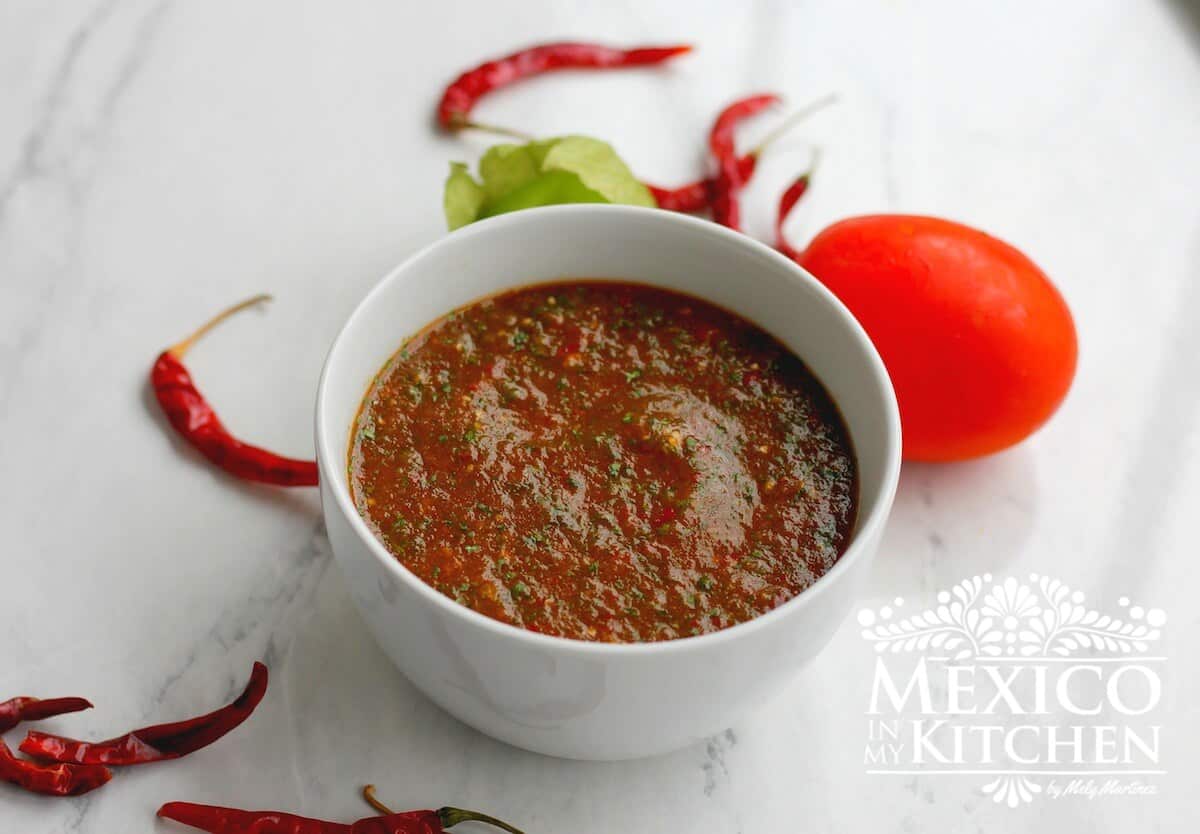
Boba, also known as bubble tea, is not just a drink; it’s a global phenomenon that has captivated millions with its unique combination of flavors, textures, and aesthetics. Originating from Taiwan in the 1980s, boba has expanded far beyond its regional roots to become a cultural staple in many parts of the world. This article explores the origins, evolution, and cultural significance of boba, highlighting why this drink has become a beloved part of modern culinary culture.
The Origins of Boba
The creation of boba is credited to Taiwan, where it first emerged in the early 1980s. The exact origin story varies, but one popular version attributes the invention to a tea shop owner who experimented with adding tapioca balls to iced tea. The combination was an instant hit, especially among younger customers. The term “boba” itself refers to the chewy tapioca pearls that are a defining feature of the drink. These pearls are made from tapioca starch, derived from the cassava root, and are cooked to achieve a distinctive chewy texture.
Initially, boba drinks were simple, typically made with black tea, milk, and sugar, with the pearls added for texture. However, as the drink gained popularity, tea shops began to innovate, offering a wide range of flavors and styles. Today, boba can be made with various types of tea (such as green tea, oolong, or herbal teas), fruit juices, and even coffee. Toppings have also diversified, including not only the traditional tapioca pearls but also options like popping boba, grass jelly, and aloe vera.
The Global Spread of Boba
Boba quickly spread from Taiwan to other parts of Asia, becoming a staple in countries like China, Japan, and South Korea. The drink’s popularity soon crossed oceans, reaching the United States and other Western countries by the late 1990s and early 2000s. In the United States, boba shops initially thrived in areas with large Asian communities, but the drink’s unique appeal soon attracted a broader audience.
The global expansion of boba has been facilitated by the proliferation of boba shops, often independently owned and operated, that bring regional flavors and styles to new markets. In many cities, boba has become a symbol of Asian culture and cuisine, offering a taste of something different from the standard coffee or soda options. The drink’s colorful and customizable nature has also made it a favorite among social media users, further fueling its spread.
The Cultural Significance of Boba
Boba is more than just a tasty beverage; it carries cultural significance, particularly within Asian communities. It has become a symbol of Asian identity and pride, especially among younger generations who see it as a way to connect with their cultural heritage. For many, enjoying boba is a communal experience, often shared with friends and family, and is associated with social gatherings and leisure time.
The drink has also become a canvas for creativity, with boba shops constantly innovating with new flavors, toppings, and presentations. This creativity is part of what keeps the boba trend fresh and exciting, as there is always something new to try. Moreover, the aesthetic appeal of boba drinks—often featuring bright colors, layers, and artistic presentation—has made them popular on social media platforms like Instagram and TikTok, where users share photos and videos of their favorite boba creations.
The Future of Boba
As boba continues to gain popularity worldwide, the industry is evolving to meet new consumer demands. Health-conscious customers can now find options made with real fruit, natural sweeteners, and alternative milks, such as almond or oat milk. Some shops are even experimenting with organic or non-GMO ingredients. Additionally, there is a growing trend toward sustainability, with some boba shops offering reusable straws and cups to reduce plastic waste.
The future of boba looks bright, with the market showing strong growth potential. As the drink continues to spread to new regions and attract new fans, it is likely to remain a beloved part of the global culinary landscape.
Conclusion
Boba has come a long way from its humble beginnings in Taiwan to become a global cultural and culinary phenomenon. Its unique combination of flavors, textures, and visual appeal has made it a favorite among people of all ages and backgrounds. Whether enjoyed as a sweet treat, a social experience, or a connection to cultural heritage, boba is more than just a drink—it’s a symbol of creativity, diversity, and joy.







